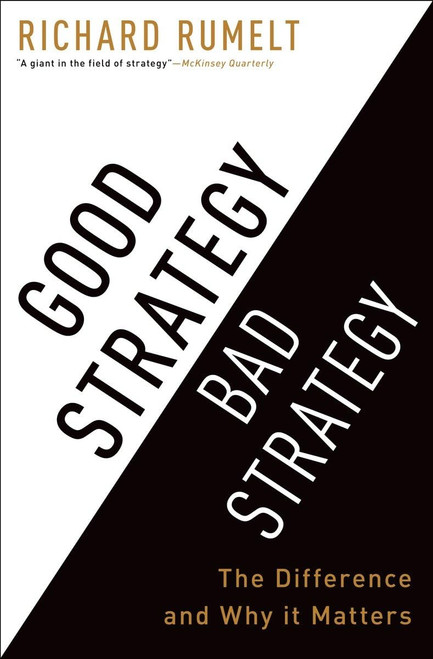Why do so many global strategies faildespite companies powerful brands and other border-crossing advantages? Seduced by market size, the illusion of a borderless, flat world, and the allure of similarities, firms launch one-size-fits-all strategies.
But cross-border differences are larger than we often assume, explains Pankaj Ghemawat in Redefining Global Strategy. Most economic activityincluding direct investment, tourism, and communicationhappens locally, not internationally.
In this semiglobalized world, one-size-fits-all strategies dont stand a chance. Companies must instead reckon with cross-border differences. Ghemawat shows you howby providing tools for:
Assessing the cultural, administrative, geographic, and economic differences between countries at the industry level and deciding which ones merit attention.
Tracking the implications of particular border-crossing moves for your companys ability to create value.
Creating superior performance with strategies optimized for adaptation (adjusting to differences), aggregation (overcoming differences), and arbitrage (exploiting differences), and for compound objectives.
In-depth examples reveal how companies such as Cemex, Toyota, Procter & Gamble, Tata Consultancy Services, IBM, and GE Healthcare have adroitly managed cross-border differencesas well as how other well-known companies have failed at this challenge.
Crucial for any business competing across borders, this book will transform the way you approach global strategy.
But cross-border differences are larger than we often assume, explains Pankaj Ghemawat in Redefining Global Strategy. Most economic activityincluding direct investment, tourism, and communicationhappens locally, not internationally.
In this semiglobalized world, one-size-fits-all strategies dont stand a chance. Companies must instead reckon with cross-border differences. Ghemawat shows you howby providing tools for:
Assessing the cultural, administrative, geographic, and economic differences between countries at the industry level and deciding which ones merit attention.
Tracking the implications of particular border-crossing moves for your companys ability to create value.
Creating superior performance with strategies optimized for adaptation (adjusting to differences), aggregation (overcoming differences), and arbitrage (exploiting differences), and for compound objectives.
In-depth examples reveal how companies such as Cemex, Toyota, Procter & Gamble, Tata Consultancy Services, IBM, and GE Healthcare have adroitly managed cross-border differencesas well as how other well-known companies have failed at this challenge.
Crucial for any business competing across borders, this book will transform the way you approach global strategy.












